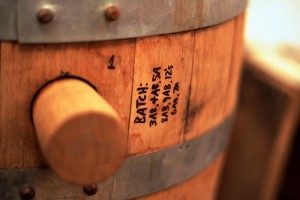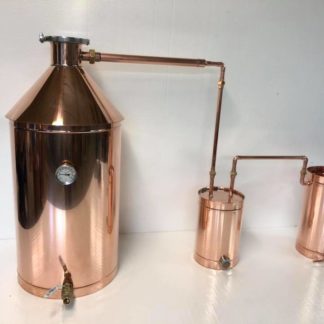 If you’re looking to get started in the fun and rewarding hobby of moonshining, there are some terms you need to know. Browsing through a guide on how to make moonshine is like trying to read a second language for newcomers. While you may catch some of the terms tossed around, there are others that will likely confuse you. In an effort to shed some light on this subject, we’ve compiled a list of common moonshine terms defined.
If you’re looking to get started in the fun and rewarding hobby of moonshining, there are some terms you need to know. Browsing through a guide on how to make moonshine is like trying to read a second language for newcomers. While you may catch some of the terms tossed around, there are others that will likely confuse you. In an effort to shed some light on this subject, we’ve compiled a list of common moonshine terms defined.
Mash
One term that you’re bound to see and hear during your moonshing adventures is “mash.” There are dozens of different moonshine recipes out there, but nearly all of them feature some type of mash. Basically, mash is the mixture of corn meal, hot water, malt and yeast. These ingredients are thoroughly mixed together to create a mash-like consistency (hence the name). Upon mixing these ingredients, the mash is left to sit and ferment.
Bathtub Gin
No, this isn’t a type of moonshine that you make in your bathtub. Instead, “bathtub gin” is a term which refers to cheap, low-quality spirits. The term first appeared during the 1920s, when amateur moonshiners topped off their bottles with water from the bathtub. Standard moonshine bottles wouldn’t fit in the sink, so moonshiners stuck them in the bathtub. The term isn’t used as much as it once was, but bathtub gin is still used when referring to low-quality shine.
Condenser
One of the key components of a moonshine still is the condenser. Without a functional, working condenser, you simply won’t be able to produce drinkable moonshine. So, how exactly does a condenser work? The objective of a condenser — as its name suggests — is to condense the moonshine vapor into liquid. Moonshine is heated to the point of evaporation, at which point the steam travels down a set of copper tubes. During its course of travel, the moonshine steam eventually reaches a part of the still known as the condenser. This critical stage transforms the moonshine steam back into drinkable liquid. Voila, you know have moonshine!
Methanol
Methanol is a highly toxic chemical that first-time moonshiners need to be aware of. When the right equipment and techniques are used to produce moonshine, methanol isn’t a concern. However, contamination from cleaning chemicals, agents, bacteria, mold, or non-copper metals may contribute to the production of methanol. And drinking this toxic chemical in large quantities can lead to a wide range of serious health problems.


